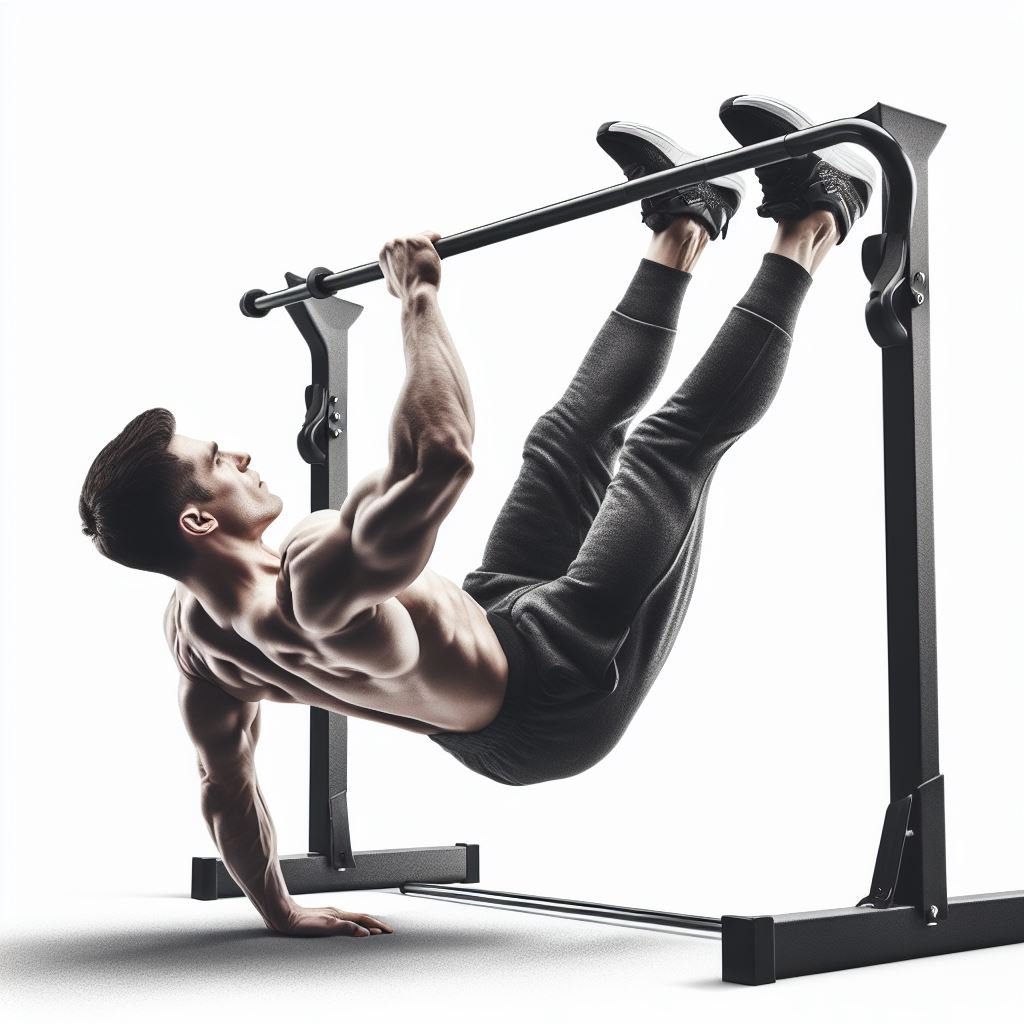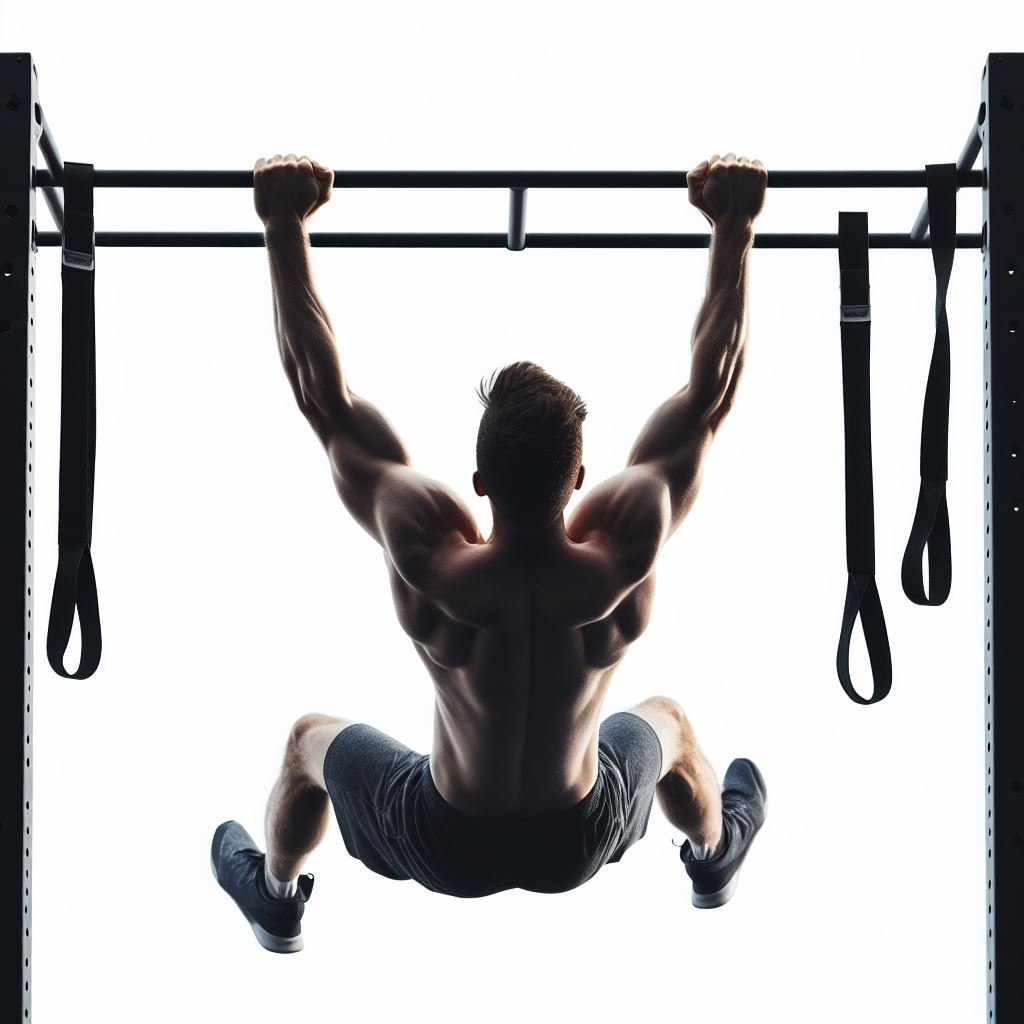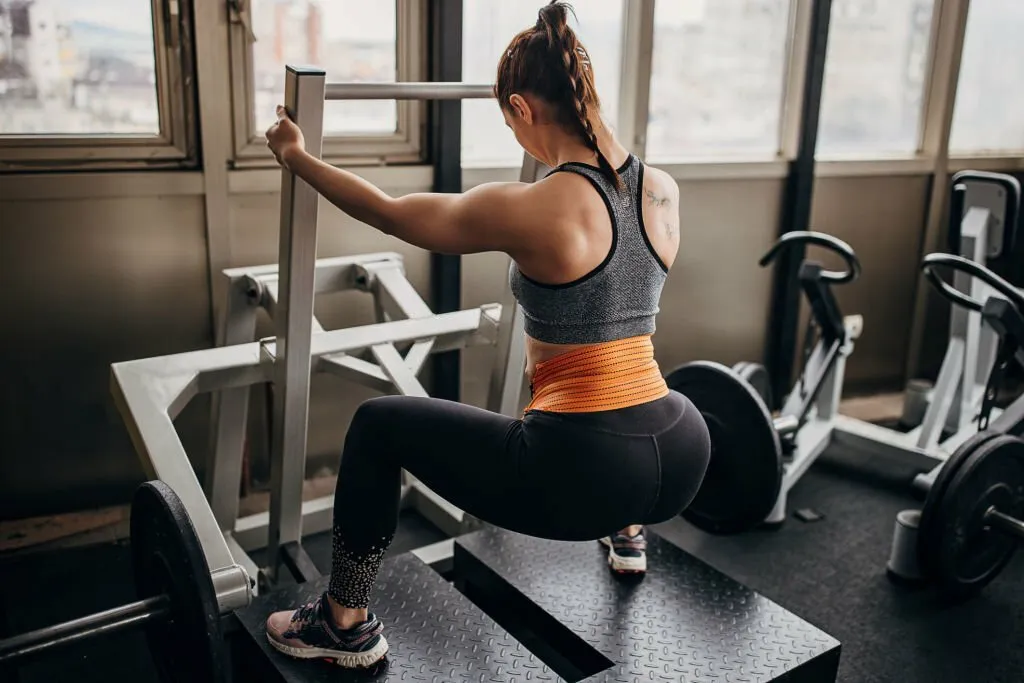Table of Contents
Explore the world of reverse pull-ups, a potent exercise that targets multiple muscle groups. This comprehensive guide offers insights, tips, and answers to common questions about reverse pull-ups.
Are you ready to elevate your fitness routine and transform your physique? The reverse pull-up is a dynamic exercise that has the power to enhance your strength and overall well-being significantly. In this comprehensive guide, we will delve deep into the world of reverse pull-ups, exploring every aspect of this exercise to equip you with valuable insights and practical tips for mastering it. Let’s embark on this journey of self-improvement!
Exploring the Essence of Reverse Pull-Ups
The reverse pull-up is a versatile bodyweight exercise designed to target multiple key muscle groups, with a primary focus on the back, biceps, and forearms. By gripping a horizontal bar with your palms facing away from your body, you engage in a unique and invigorating challenge that can transform your fitness journey. Click to read Gardenweb Home Decorating Conversations.
Advantages of Reverse Pull-Ups
- Holistic Muscle Engagement: Reverse pull ups activate a wide range of muscle groups, including the latissimus dorsi, biceps, forearms, rhomboids, trapezius, and posterior deltoids.
- Amplified Grip Strength: The reverse grip enhances your grip strength, making it invaluable for individuals involved in sports or activities requiring a stronghold.
- Versatility Personified: What makes reverse pull-ups truly exceptional is their adaptability. They can be performed with various types of equipment, from horizontal bars to TRX straps, catering to fitness enthusiasts at all levels.
- A Core of Steel: Maintaining a horizontal posture during a reverse pull up requires intense core engagement, leading to improved stability and overall core strength.

Mastering the Art of the Reverse Pull Up
Mastery of the reverse pull-up may require practice, but the rewards are worth the effort. Here’s a step-by-step guide to get you started:
- Step 1: Secure the Appropriate Equipment Find a sturdy horizontal bar or suitable TRX straps, ensuring they can support your weight and are positioned at a height allowing full arm extension.
- Step 2: Assume the Right Grip Position yourself facing the bar, with your palms oriented away from your body and your hands slightly wider than shoulder-width apart.
- Step 3: Suspend Yourself Hang from the bar with your arms fully extended while maintaining a straight body posture and actively engaging your core.
- Step 4: Initiate the Ascent Begin the upward motion by squeezing your shoulder blades together and flexing your elbows, lifting your chest toward the bar.
- Step 5: Controlled Descent Lower your body with deliberate control to return to the starting position. Repeat the movement for your desired number of repetitions.
Unlocking Success: Tips and Strategies
- Commence with Proper Equipment: Ensuring the secure installation of suitable equipment is vital for a safe workout experience.
- Prioritize a Thorough Warm-Up: A comprehensive warm-up is essential to prevent potential injuries and prepare your body for the challenge.
- Emphasize Perfect Form: Maintaining a straight physique while engaging your core is crucial for effective and safe reverse pull ups.
- Gradual Progression: Increase the challenge by adding more repetitions or incorporating additional weight into your routine as you become stronger.
Final Words
Mastering the reverse pull up has the potential to revolutionize your fitness routine. This dynamic exercise engages multiple muscle groups, enhances grip strength, and brings a new dimension to your workouts. By following the comprehensive guidance and valuable tips provided in this guide, you’re well on your way to achieving your fitness goals. It’s time to make reverse pull ups a part of your regular routine and experience their benefits firsthand.
People also ask
How many reverse pull-ups should beginners aim for?
Beginners should start with 3 sets of 5-7 repetitions and gradually increase the count as they build strength.
How often should reverse pull-ups be incorporated into one’s workout regimen?
It’s recommended to include reverse pull-ups in your routine 2-3 times per week, allowing sufficient recovery time between sessions.
Are reverse pull-ups suitable for individuals at varying fitness levels?
Absolutely. While beginners may start with modified versions, reverse pull-ups can be adapted to accommodate individuals at different fitness levels.
Can women benefit from reverse pull ups as much as men?
Yes, reverse pull-ups offer advantages to both women and men, aiding in the improvement of upper body strength and overall fitness.



